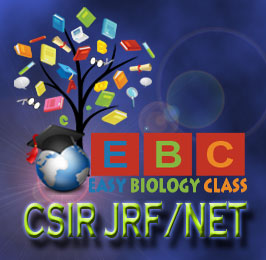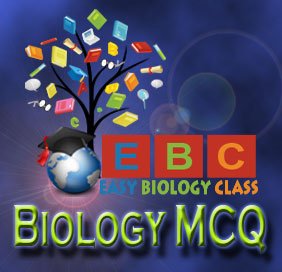CSIR will hold the Joint CSIR-UGC Test Tentatively on Sunday 20th December, 2015 for determining the eligibility of the Indian National candidates for the award of Junior Research Fellowships (JRF) NET and for determining eligibility for appointment of Lecturers (NET) in certain subject areas falling under the faculty of Science & Technology. The award of Junior Research Fellowship (NET) to the successful eligible candidates will depend on their finding admission/placement in a university/ national laboratory/ institution of higher learning and research, as applicable. A candidate may apply either for ‘JRF’ OR for ‘Lectureship (LS) only’ He/she may indicate his/her preference in the Online Application, as the case may be. CSIR may consider candidates for ‘JRF’, or ‘Lectureship only” depending on number of fellowships available & performance in the test subject to the condition that they fulfill the laid down eligibility criterion. If a candidate is found to be over-age for JRF (NET) he/she will automatically be considered for Lectureship (NET) only. Candidates with M.Sc. qualification OR under M.Sc. Result Awaited (RA) category shall be eligible for LS subject to fulfilling the eligibility criteria as laid down by the UGC. Two separate merit lists, one comprising the candidates qualifying for the award of Junior Research Fellowship (JRF – NET) and the second, of those candidates qualifying the Eligibility Test for Lectureship (NET), will be made on the basis of their performance in the above Test. Candidates qualifying for JRF (NET), will also be eligible for Lectureship (NET) subject to fulfilling the eligibility criteria laid down by UGC. The candidates qualifying for Lectureship will be eligible for recruitment as Lecturers as well as for JRF-ship in a Scheme/Project, if otherwise suitable.

